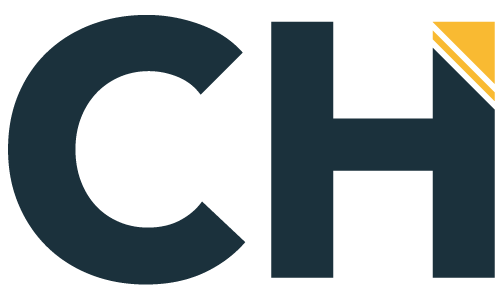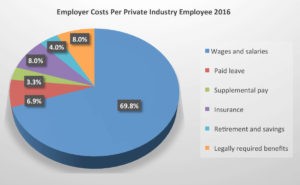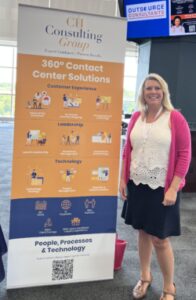The most frequent reason companies hire consultants is to help reduce costs. Recently, I was tasked with reducing department costs and increasing employee engagement. This may seem like a bit of an oxymoron given that, when faced with reducing costs, most companies immediately go to the most logical line on their financials: wages, which typically translates into reducing headcount.
With an average of 16% costs in benefits, most wage expenses are responsible for over 63% of non-interest expenses. One can’t ignore the rising costs of benefits, which are gaining grounds in overall employee compensation. In a recent release by the Employer Costs for Employee Compensation, wages are only a portion of expenses for employees, but all of it is associated with headcount.
So this begs the question: how do you cut costs without cutting employees?
The answer is simpler than you think. Gaining efficiencies is the first place I go to cut costs. Established organizations often struggle with efficiencies, especially homegrown departments that seem to have risen from need. These departments tend to add functions based on needs and often overlook process flow. Service is frequently met in these departments, but at a cost. Whether your company or department has tenure or not, there a few questions you can ask to see if you can gain efficiencies.
- Where are the repetitive or redundant processes?
- What can be eliminated that does not contribute to the overall process?
- What can be consolidated?
- What does the benchmark look like and are employees being measured consistently?
Answering these questions means taking a hard look at your department. But it doesn’t stop there. Mapping out processes is always beneficially in helping to determine if efficiencies can be gained. Customer journey mapping is also critical. No company wants to save money at the expense of service or reputation. In looking at process improvement, the customer needs to take a strong stand in the foreground of every decision.
Efficiencies do not mean staff will be asked to do more. In most cases, staff members discover that process flow and efficiency gains make their jobs easier. They have greater focus and a narrower field of control. Imagine an old fashion doll assembly line, only the staff member have to assemble an entire doll by themselves, rather than just a piece. Ford discovered the efficiency benefits to an assembly line back in 1913. At that time is was innovative, but a hundred years later, the benefits still hold true today. Pushing staff to do three times their normal work is not efficient and often results in poor quality and employee burnout. The same is true if staff are asked to do multi functions.
Gaining efficiencies is always about saving money and improving the product or service. But if you are looking to gain efficiencies and increase employee engagement, consider involving the staff in the project. No one knows the job better than the staff members that do it every day. Getting their buy-in on changes is more likely to succeed if they have been involved from the beginning.
Laureen Peltier helps companies uncover their human potential through innovative leadership approaches. As a keynote speaker, a healthcare consultant and meaningful workforce expert, Laureen has improved employee retention, developed leaders and designed mental healthcare programs that are patient-centric. She has been speaking on mental health for over 10 years and is passionate about being an instrument of change to both organizations and individuals. As a call center expert, she relies on over 20 years of experience to guide her clients through the ever-changing customer experience trends.





